

Precautions for the Production of , PC, and PET in Cosmetic
The production process of transparent plastic materials like PMMA, PC, and PET in cosmetic packaging requires careful attention to ensure the high quality and durability of cosmetic packaging components such as plastic bottles, acrylic bottles, PET bottles, and other personal care product containers. These materials are commonly used for skin care packaging, personal care products, and other cosmetic packaging solutions. Below are key precautions for producing these materials to achieve high-quality results.
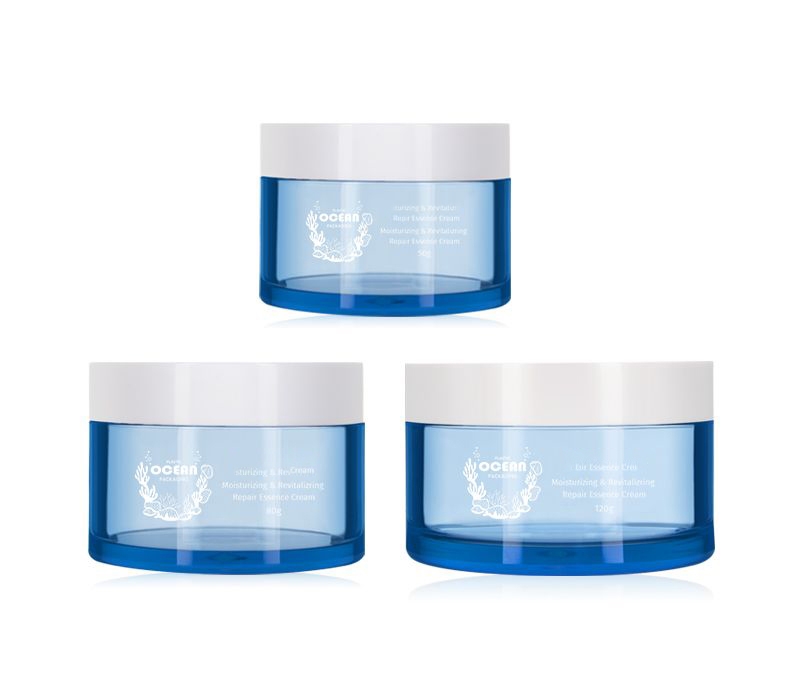
To ensure the transparency and quality of cosmetic packaging, any impurity in the raw materials may affect the final product's clarity. It is crucial to prevent contamination during storage, transportation, and feeding of materials. Moisture in the raw materials can lead to deterioration when heated, so proper drying is necessary. Using a drying hopper for the injection molding process ensures the removal of excess moisture. Additionally, the input air should be filtered and dehumidified to maintain the cleanliness of the raw materials. This step is essential for achieving the desired transparency in materials used for plastic bottles, cosmetic tubes, and other cosmetic packaging.
Contamination from raw materials or old plastics can degrade the quality of cosmetic packaging, including products like PET bottles, PP bottles, and rPET packaging. Resins with poor thermal stability should be carefully handled to avoid impurities in the mold. Before use and after shutdown, cleaning the screw and all accessories with a screw cleaner is essential. In the absence of a screw cleaner, resins like PE and PS can be used to clean the system. During temporary shutdowns, the barrel and dryer temperature should be lowered to prevent material degradation, especially for sensitive materials like PC and PMMA.
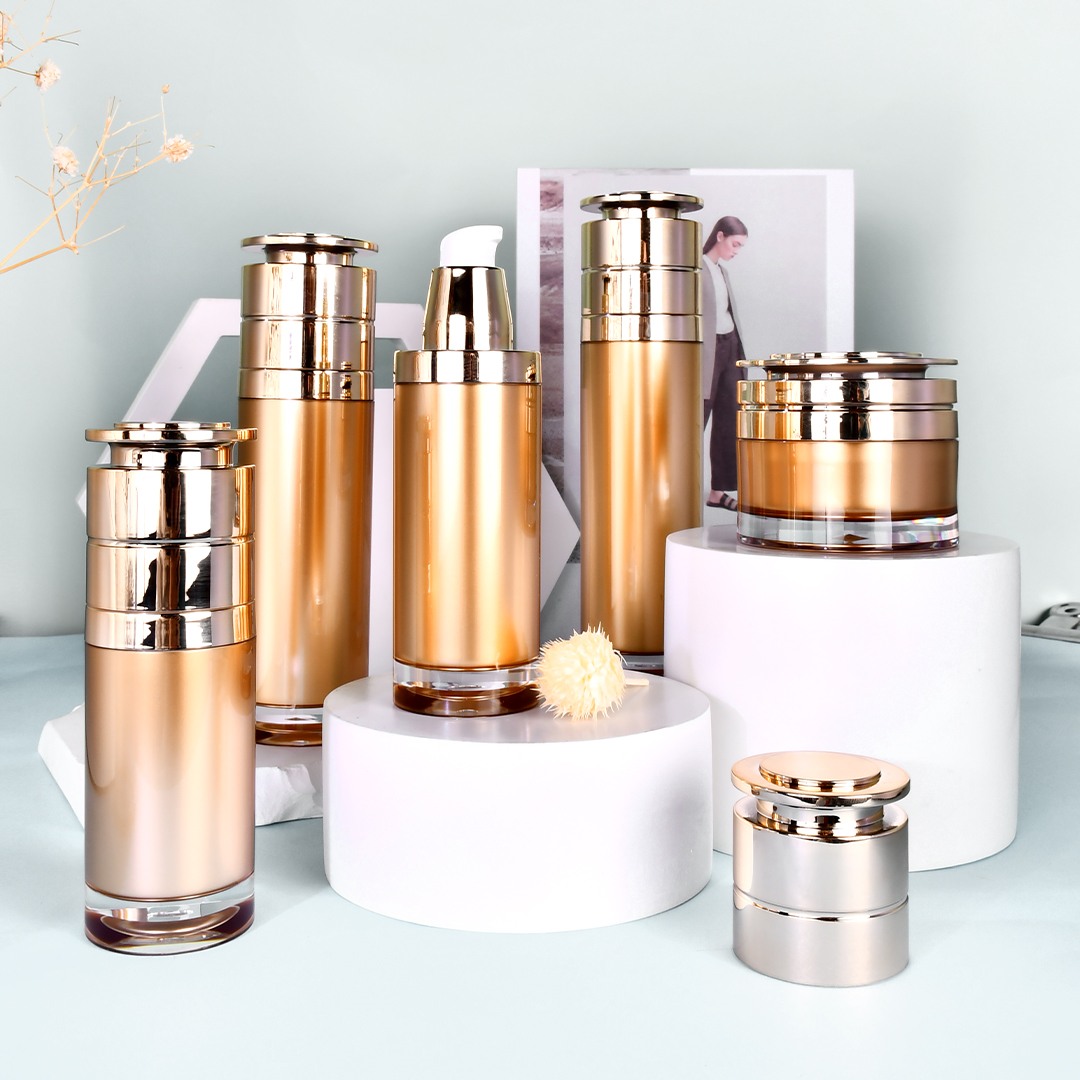
Mold design is critical to prevent defects such as uneven cooling, poor plastic molding, or surface imperfections in cosmetic packaging. For optimal results, consider the following when designing molds for transparent plastic packaging:
Ensure uniform wall thickness and sufficient demolding slope.
Avoid sharp corners and burrs, especially for products made from materials like PC, which are prone to cracking.
The gate and runner should be as wide and short as possible to prevent blockage, with cooling wells added if necessary.
The mold surface should be smooth and clean, with low roughness (ideally below 0.8) to improve gloss, especially for high-end cosmetic packaging products like acrylic bottles or skin care packaging.
Ensure sufficient exhaust holes to discharge air and gases during the molding process.
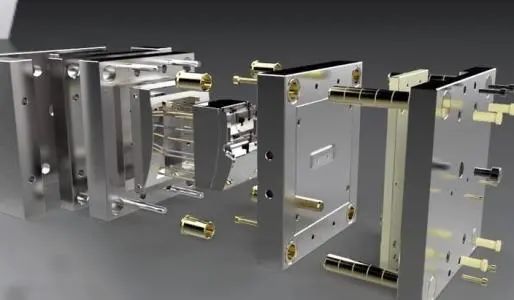
The injection molding process plays a vital role in producing transparent plastic parts with excellent surface quality. To minimize internal stress and surface defects, follow these tips:
Use an injection molding machine with a specialized screw and separate temperature-controlled nozzles.
Select an appropriate injection temperature, ensuring it is high enough to avoid decomposition of the plastic resin.
Adjust injection pressure carefully; while high pressure may help with high melt viscosity, excessive pressure can create internal stress and cause deformation.
Maintain a slow and controlled injection speed, preferably in a multi-stage process.
Keep the holding time and molding cycle as short as possible to avoid excessive heat exposure, especially when working with materials like PET and PMMA.
Control screw speed and back pressure to prevent material degradation.
Mold temperature should be carefully regulated, with higher temperatures being preferable for products like PP bottles and other cosmetic packaging that require high gloss and durability.
In order to maintain the surface quality of the molded product, the use of release agents should be minimized. For products made from recycled materials, such as rPET or post-consumer recycled plastic packaging, the release agent should not exceed 20%. Post-processing is essential for materials other than PET to eliminate internal stress. For instance:
PMMA should be dried at 70-80°C with hot air circulation for 4 hours.
PC should be heated at 110-135°C in clean air or glycerin for up to 10 hours.
PET must undergo biaxial stretching to improve mechanical properties and strength.
Due to their high light transmittance, transparent plastics used in cosmetic packaging must have flawless surface quality. Products such as PET bottles, acrylic bottles, and plastic cosmetic packaging need to be free of defects like markings, pores, whitening, black spots, discoloration, and poor gloss. Below is a breakdown of the process characteristics for PMMA, PC, and PET.
PMMA (polymethyl methacrylate) is commonly used in cosmetic packaging due to its excellent transparency and aesthetic appeal. However, it has high viscosity and poor fluidity, which necessitates high material temperatures and injection pressures. The injection temperature range is wide (160°C to 270°C), making it easier to adjust during the molding process. However, PMMA is prone to scratching and brittleness, so it’s important to increase mold temperature and improve the condensation process to overcome these defects. PMMA is commonly used in high-end packaging for products like packaging and premium cosmetic bottles.
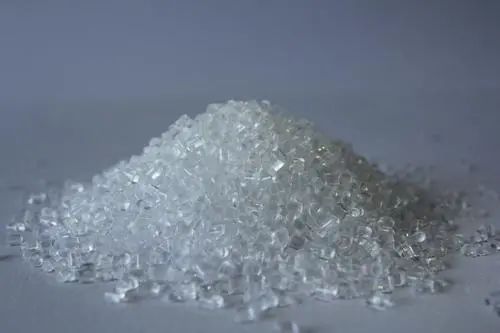
Polycarbonate (PC) is another widely used material for plastic packaging. PC has a high viscosity and poor fluidity, requiring injection at temperatures between 270-320°C. The material's narrow temperature adjustment range can make it more challenging to process compared to PMMA. However, adjusting the injection temperature (rather than pressure) can improve fluidity. PC products also have a high shrinkage rate and are prone to cracking due to internal stress. To reduce cracking, it is crucial to improve fluidity, increase mold temperature, and optimize the mold structure during the injection molding process. PC is often used for ecofriendly cosmetic packaging and recyclable products like PET bottles.
PET (polyethylene terephthalate) is commonly used for cosmetic packaging such as PET bottles, PP bottles, and rPET packaging. PET’s molding temperature is high (260-300°C), and its narrow temperature adjustment range can limit process flexibility. However, PET offers excellent fluidity after melting, making it ideal for large-volume production of plastic bottles and cosmetic packaging. For better mechanical properties, PET must undergo biaxial stretching during the molding process, and mold temperature must be accurately controlled to avoid warping and poor gloss.
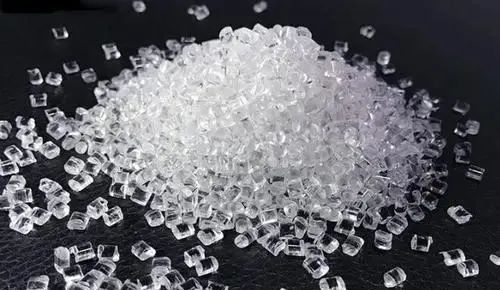
Several defects can occur during the production of transparent cosmetic packaging. Below are some common issues and their solutions:
Silver Streaks: Caused by internal stress anisotropy during mold filling and condensation, resulting in shiny streaks on the surface. Annealing the product can help reduce this defect.
Bubbles: These occur when water vapor or gases are trapped in the resin, leading to vacuum bubbles. To prevent this, ensure proper mold filling and adequate venting during the molding process.
Poor Surface Gloss: This happens when the mold surface is rough or condensation occurs too early, preventing the resin from achieving a glossy finish. Use high-quality molds with a smooth surface and adjust the cooling rate.
Shock Patterns: Dense corrugations formed from the sprue due to excessive viscosity and condensation. To reduce this, lower the injection speed and improve mold temperature.
White Mist Halo: Caused by dust or excessive moisture in the raw material. Ensure the material is dry and clean before processing.
White Smoke and Black Spots: Result from overheating or degradation of the plastic in the barrel. Avoid excessive heat exposure and ensure uniform processing conditions to prevent this issue.
By following these guidelines and optimizing the injection molding process, manufacturers can produce high-quality transparent plastic packaging that meets the demands of the cosmetic industry.





